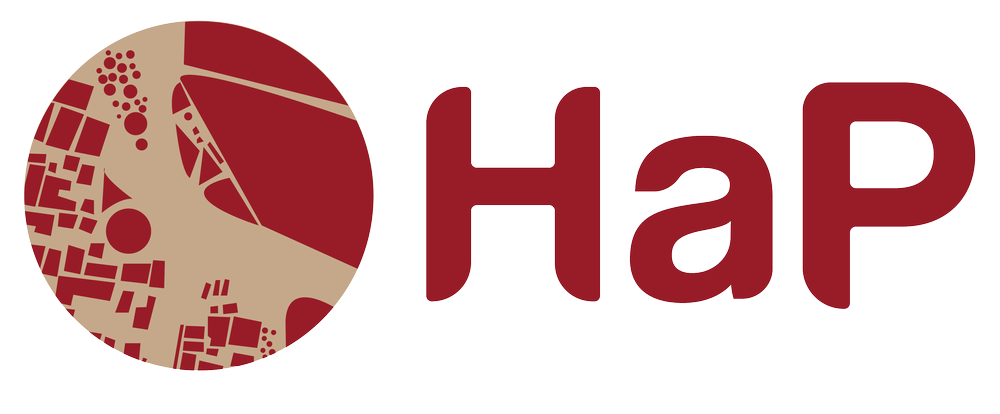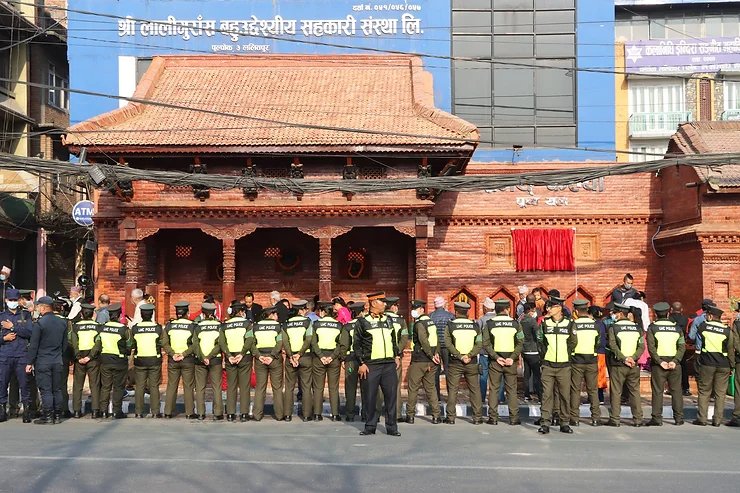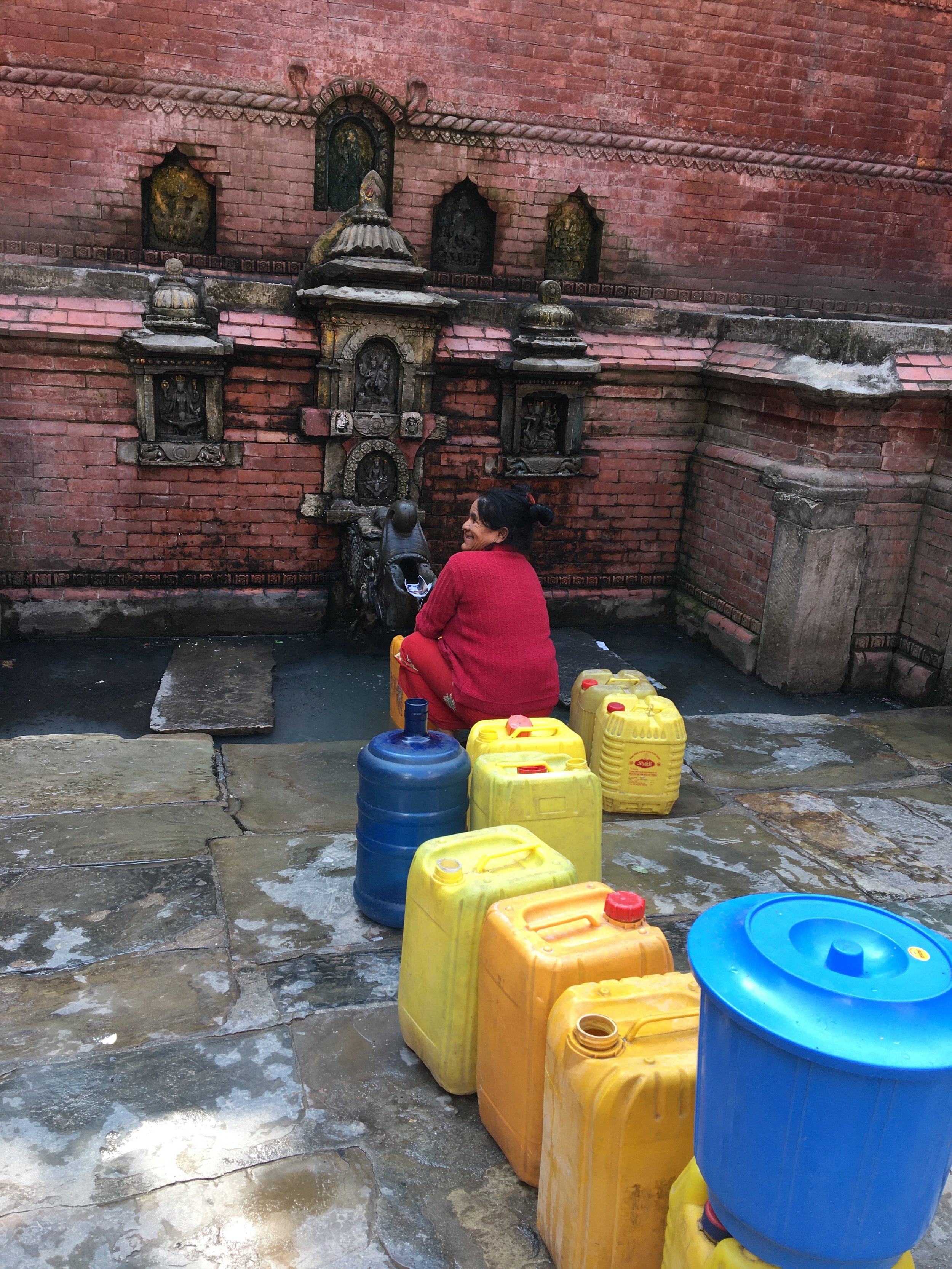Pooja Kalita
“As a researcher and, most importantly, as a woman researcher trained in the discipline of sociology, gender has been one of the starkest components of my ethnographic practices. In around a decade of research on the various aspects of gender and its performances, two questions that have consistently stood out are, ‘How has my own gender identity as a woman impacted my ethnographic practices?’ and ‘How do my research participants experience gender?’
Inspired by the genre of feminist writing that brought to light the significance of gender in doing and writing ethnography, I have found myself replying in the affirmative to the omnipresent question raised by Judith Stacey (1988) and Lila Abu-Lughod (1990) in their articles of the same title: ‘Can There Be a Feminist Ethnography?’. On a closer look, a more important question to me has been about how there can be a feminist ethnography. In other words, how can one come to understand and write about gender? To navigate such concerns, I was honored to lead a session on gender and heritage research with some of the members of the Heritage as Placemaking (HaP) project.
From my own experience of carrying out fieldwork in Nepal and India as part of the HaP project, I have been considered both in the category of ‘our women’ and the ‘other women’ researching on heritage of a place. While on one hand, it is a commonplace practice to perceive women as the bearers of tradition and heritage, I have realized that issues related to safety are a crucial factor when it comes to women accessing places of heritage, as local residents, researchers, travelers, pilgrims, etc. However, I would like to point out that when I underline the component of gender in heritage research, or any research for that matter, I am referring to a category that includes diverse gender identities, that are beyond just being women. The following responses put forward in this post further highlight the need to ponder the question, ‘Where is gender in heritage research?’ and why it is important.”
Stefanie Lotter
“In June 2019, the Kathmandu Post reported on a demonstration to reject the controversial Guthi Bill. The event was possibly the largest crowd since 2006 to demonstrate in the streets. A large group of Newar men in leather gear drove up to Yala Sadak, on motorcycles, shouting slogans. I looked at them and didn't see the Guthi System—this fantastic heritage institution that protects religious commons—rather, I saw angry, privileged young men using motorcycles to voice their discontent at having some male privileges threatened. Women are largely invisible when heritage property and the commons are discussed. Heritage is always gendered.”
Christiane Brosius
“For me, a question would be in what way we must rethink gender when we want to question ideas of heritage as ‘tradition’ and thus ‘preserved’ and ‘nurtured’ by and through women, mothers, wives—this becomes particularly tricky when we think about forms of gatekeeping and restricting women by conservative (patriarchal) views, norms, dogmas, and politics—from the public sphere, such as in India, so that they cannot enjoy nightlife, or roam on their own. Since heritage is often associated with tradition, this would be a possibly often-made danger when heritage is studied, communicated, institutionalized, and becomes associated with norms and values. This is relevant, in my view, because heritage can further define and confine gendered roles, undermining possible forms of empowerment and diversity, for instance, in the case of queer heritage, or ways in which single women can engage with or contribute to transformative dimensions of heritage. These concerns, as Pooja had outlined, pertain to ways of accessing heritage—for researchers, too.
I am concretely thinking of how Pushpa Palanchoke encourages women of different social, caste, and age strata to participate in musical practice in Kirtipur, thus expanding and rethinking the right to the city and making place for alternative and additional visions of belonging and innovation. This also demands knowledge and communication of the conditions that usually prevent women from practicing music, getting initiated, making their own tunes, and changing ritual dynamics. I would see the task of HaP to make such variations and needs for differentiation visible and reflect on this as great potential. Another example is that of heritage activism, where, if listening to Monalisa and her research, one could argue that it’s a male domain because of the gendered notion of men being in public and in ‘the world,’ thus having an easier relation to thinking about their right to be activists. Meanwhile, women might still largely be seen as those nurturing heritage, rather than ‘defending’ or fighting for it. I am not sure, but this could be a hypothesis.
This might open up possibilities to rethink ‘commoning’ heritage. It might also open up ways to challenge the gendered normativities of nationalist/identity politics (e.g., Hindutva). Heritage studies should be recalibrated, in a similar vein. The focus on gendered notions of place, tradition, modernity, etc. also impacts how we theorize, so I would propose that queer studies, masculinity studies, embodiment, etc. could all contribute to transforming heritage studies—and maybe also facilitate a sub-branch such as ‘critical gender heritage studies.’”
Monalisa Maharjan
“My research with heritage in the Kathmandu Valley has been mostly with communities: either traditional communities, in the form of guthi, or the new group of activist communities. With both of the groups, ‘traditional’ or ‘modern,’ it makes me wonder, is heritage just for men? Where are the women in this scenario?
Guthi is by its nature patriarchal, as only male members of the family may join. But it is really surprising to see that, in the field of heritage activism, it is still men who run the show. Sometimes it feels like a boy band, or place to show male machismo. In both scenarios, it becomes a place in the public sphere where one can show their work to the public; that might be about playing dhyme music, pulling chariots, or advocating for heritage. In all these places, one has an opportunity to show something. However, there is hardly any place for women. In activism, there are a few women, but it seems that after some time they get fed up and discontinue. Maybe they do not have as much free time as their male counterparts, or they do not feel the need to show anything.”
Binita Magaiya
“[Gender] came up in a conversation with a friend. He was admiring how women at a construction site were toiling as equal to men here in Nepal. Noticeably, it was a rare sight to him, as it was not common in the US. On the other hand, I was quite used to the sight of women laborers carrying heavy sand, bricks, or any construction items to the sites. They did not work as the actual masons but did take on supportive roles. In the restoration of Nyatapol in Bhaktapur, everyone saw how women came to work, cleaning up the roof tiles, juggling the clay for roof tiles from one level to another, preparing mortar, cleaning other wooden items, doing any work they could find on site. But in Kasthamandap, it was a different scenario. Although the head carpenter Laxmi baa was from Bhaktapur, he sternly forbade any woman to be part of the core construction team. As Laxmi baa claimed the sole authority of employing workers in the site, he didn’t want any women folk around because of the eminent dangers of heavy timber elements slipping and other forms of accident. It might have been his protective instinct. But on the other hand, I used to go and pull the timber alongside other laborers, if I happened to be on-site at that moment. I used to love shouting ‘haaste haaisten’, and encouraging the team to pull the timber beams, posts, or rafters even harder. It was amusing to see Laxmi baa’s reaction to my actions as he could not forbid me from doing such labor-intensive work.”
Emiline Smith
“Gender is part of almost every aspect of my ethnographic work: from the way I position myself in the field and how people respond to this, to the way my participants access and engage with heritage. Heritage gives us a sense of belonging and identity. It is therefore a pivotal part of the ways in which gender roles are constructed, represented, and experienced. In many of the field sites I study, men and women have different roles and responsibilities when it comes to physical and intangible heritage, and therefore will relate to heritage in different ways. For example, in my current field sites, those responsible for traditional and religious practices related to physical and living heritage are mostly men, whereas those responsible for domestic life (including the daily upkeep of heritage sites) are mostly women.
Gender inequality is pervasive in the communities I work in. As a result, women’s access to and participation in heritage is restricted, and women’s voices are marginalized when it comes to the way heritage is managed, protected, and conceptualized. Studying these aspects of heritage as a foreign woman can therefore be extremely sensitive: much like other markers such as country of origin, race, educational background, and relationship status, my identity as ‘woman’ and/or ‘foreigner’ (insider/outsider) impact the research process and my access to field sites and participants.”
Emily Hyatt
“As the coordinator of Heritage as Placemaking, my research is not related directly to the HaP project and, unlike most of the rest of the team, I do not do ethnographic research. As my work is situated within early modern art history and visual/material culture, most of my inquiry revolves around object-based analysis or archival research. Perhaps because I don’t research (living) people, I tend to not often consider my own positionality as much as I should. However, when I reflect on it, thinking about gender and queerness has made me attentive to shifting valences in the historical periods that I study: it has brought up, for example, how certain materials or ways of making have historically carried associations of gender, class, or (proto)national origin, and how these meanings have shifted with time and geography, through interventions and encounters. Learning how to look beyond the disciplinary values of art history to find historically marginalized ways of making has become a priority of mine. So, from that standpoint, I would say my gender has encouraged me to redirect my patterns of attention, and shifting my ways of seeing is helping me to excavate certain aspects of how women in the past approached acts of making despite often-significant structural barriers.
More generally, I’ve also become interested in queerness as a methodological tool for studying the histories of early modern visual and material culture. Queering the history of art creates an opportunity to cross traditional disciplinary formations, opening up space to investigate histories of the marginal and ephemeral, and to center notions of labor and materiality in a way that reveals expanded participation in stories about making and knowing. What happens when our definition of art history expands to include “poor” materials or ephemeral arts, for example? Alternatively, how can we take stock of objects that have no named artist but are nonetheless fascinating case studies for the way they combine materials, techniques, or ways of knowing?”





























